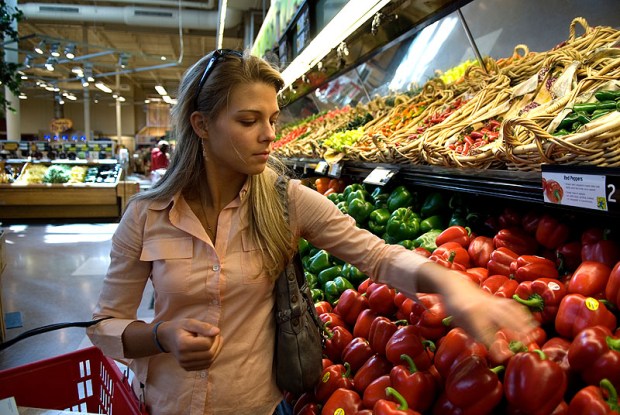Why Consumers No Longer Buy On Impulse

The impulse shopper is every retailer and credit card companies’s best friend. But with eCommerce on the rise, online shopping has created savvier shoppers less likely to veer from the list, the Wall Street Journal reported.
The Journal observed habits of shoppers in Milwaukee, Wisconsin to see how they executed shopping plans and where they were most likely to engage in an impulse buy. As shoppers get smarter and crunched for time, they may chose to grab errands online or simply spend less time in stores.
“A new intentionality has taken hold of shopping. Many Americans have the money and the will to spend. But they are time-pressed and deal savvy, visiting stores only when they run out of items like cereal or toilet paper and after doing extensive research on purchases online and with friends. They buy what they came for—and then leave,” WSJ reported.
Shifting consumer habits could change the bottom line for store owners. As shoppers who are turning online more and remain cautious in an recovering economy, that could also mean slower shopper traffic and weaker sales.
“Those habits threaten more than just gum sales at checkout. Impulse is why stores offer deep discounts on loss leaders, why they put the milk in the back corner and why marketers spend heavily to pile up products in displays at the ends of the aisles. If shoppers just target the deals and don’t let their eyes wander, long cherished models for boosting sales fall apart,” the article said.
Being a smart shopper was once more of a web practice, but now that trend is spreading back to the stores. This has made retailers get more creative with their marketing ploys, like Wal-Mart’s “Better Together” marketing where items that pair well together are shelved together.
“Consumers are now conditioned to shop for specific items and it’s not just affecting online consumer psyche but offline consumer psyche as well,” Joel Bines, a managing director at retail consultancy AlixPartners, told WSJ.
The article broke down some key numbers from a Nielsen survey about what drives consumers to a store, and it shows that sales are still the number one reason for a consumer picking a product. Of the top five reasons driving consumers at grocery stores, only 30 percent of respondents said they bought a product on impulse. That fell well bellow the 56 percent reported buying a product because it was on sale; the 50 percent reported buying because of a coupon, the 46 percent reported wanting to trying something new; and just below were the 33 percent who reported buying something different because they wanted to try a new flavor. Sampling an item in a store led 31 percent of respondents to say that drove their purchase decision.
The WSJ also included data from Kantar Retail which broke down type of store chosen based on annual salary. Four stores were included: Dollar Tree, Wal-Mart, Target and Costco, and of that market, those with higher incomes ($75,000-100,000) ranked being shoppers at Target and Costco, whereas middle-to-lower income shoppers (less than $25,000-$50,000) preferred to shop at Dollar Tree and Wal-Mart. Dollar Tree and Wal-Mart were cited in the article as investing in tactics to increase impulse or “drive items.”
